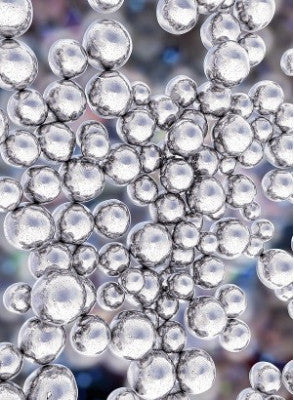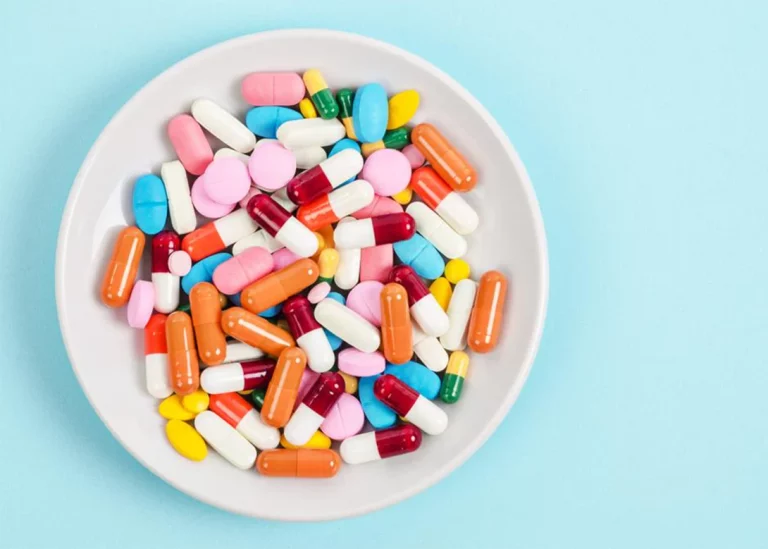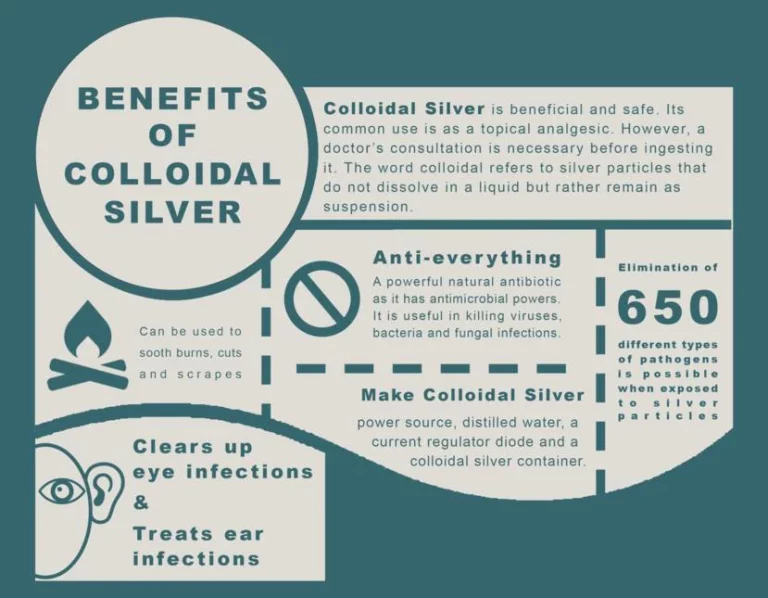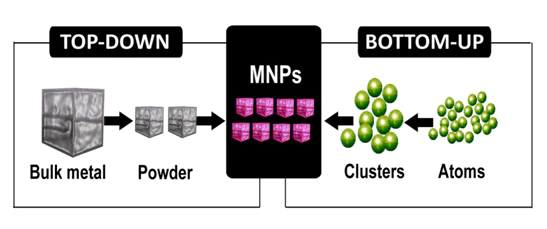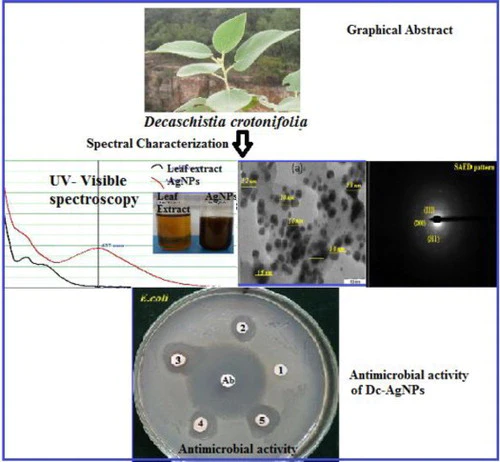There are instances in which silver nanoparticles and colloidal silver are used in consumer goods. Samsung for example claimed that the use of silver nanoparticles in washing machines would help to sterilize clothes and water during the washing and rinsing functions, and allow clothes to be cleaned without the need for hot water. The nanoparticles in these appliances are synthesized using electrolysis. Through electrolysis, silver is extracted from metal plates and then turned into silver nanoparticles by a reduction agent. This method avoids the drying, cleaning, and re-dispersion processes, which are generally required with alternative colloidal synthesis methods. Importantly, the electrolysis strategy also decreases the production cost of Ag nanoparticles, making these washing machines more affordable to manufacture. Samsung has described the system:
Samsung’s description of the Ag nanoparticle generating process seems to contradict its advertisement of silver nanoparticles. Instead, the statement indicates that laundry cycles. When clothes are run through the cycle, the intended mode of action is that bacteria contained in the water are sterilized as they interact with the silver present in the washing tub. As a result, these washing machines can provide antibacterial and sterilization benefits on top of conventional washing methods. Samsung has commented on the lifetime of these silver-containing washing machines. The electrolysis of silver generates over 400 billion silver ions during each wash cycle. Given the size of the silver source (two “gum-sized” plate of Ag), Samsung estimates that these plates can last up to 3000 wash cycles

